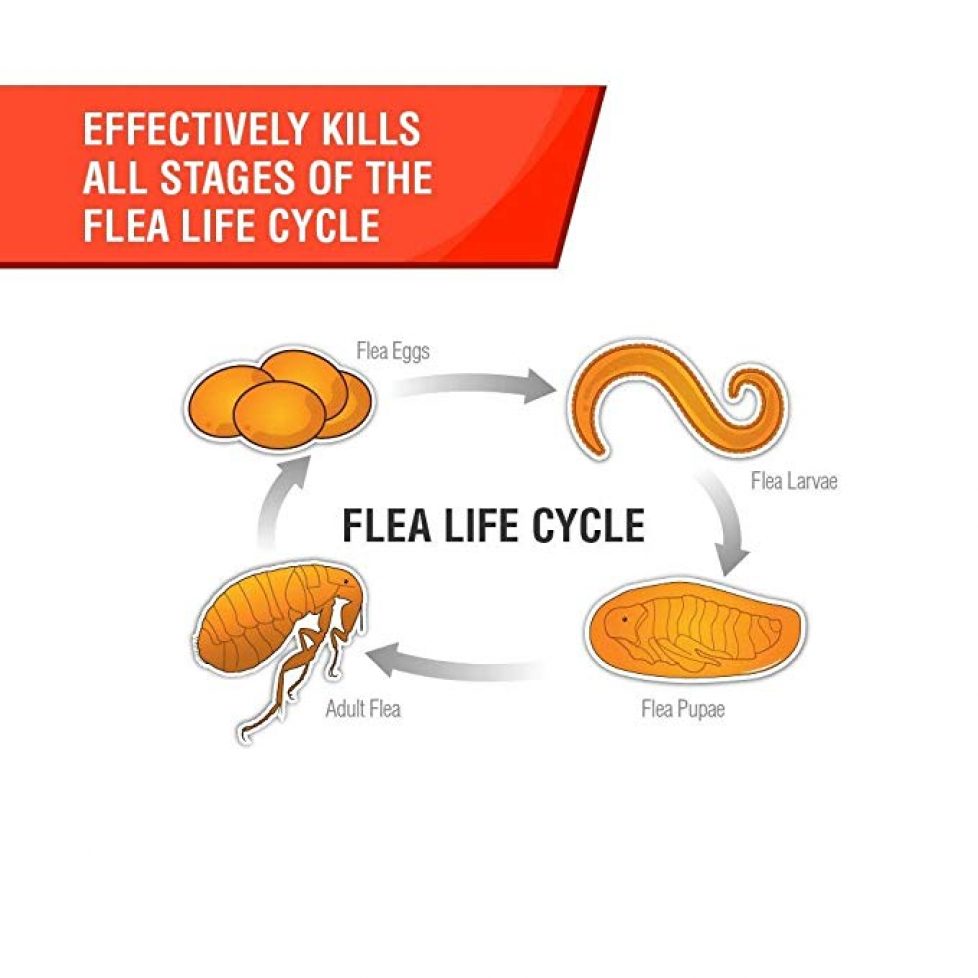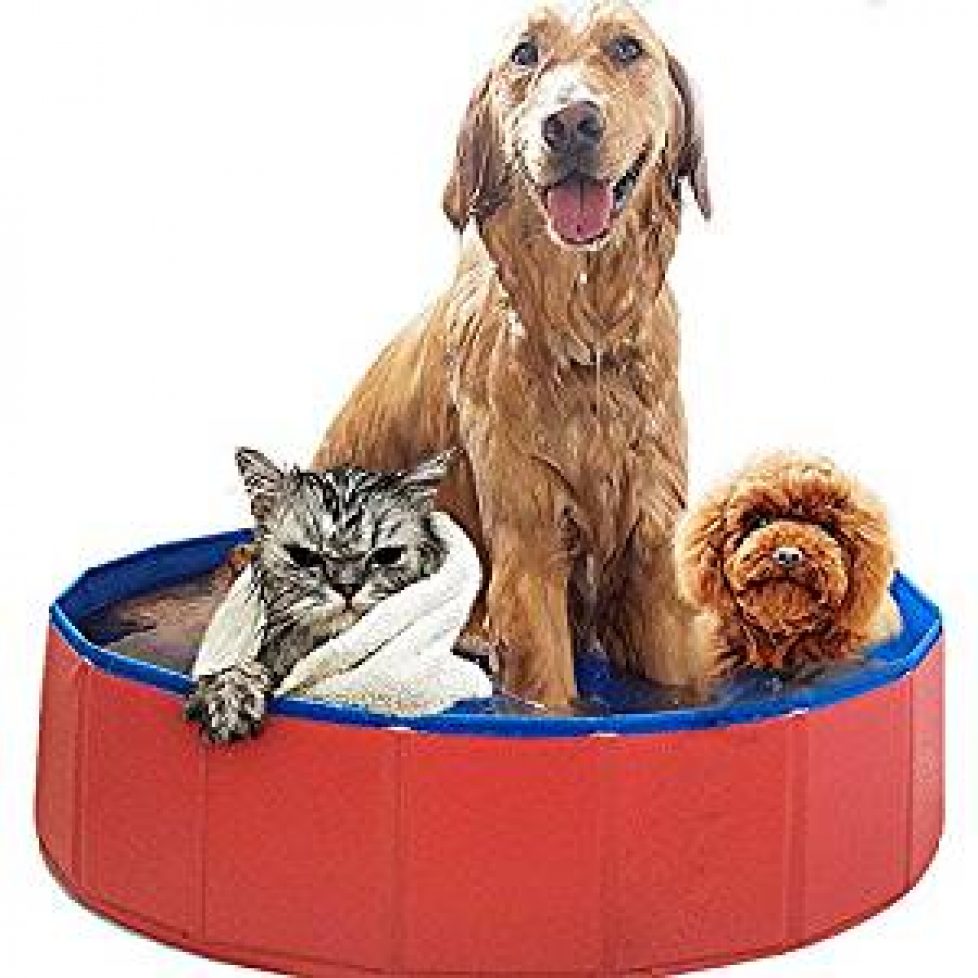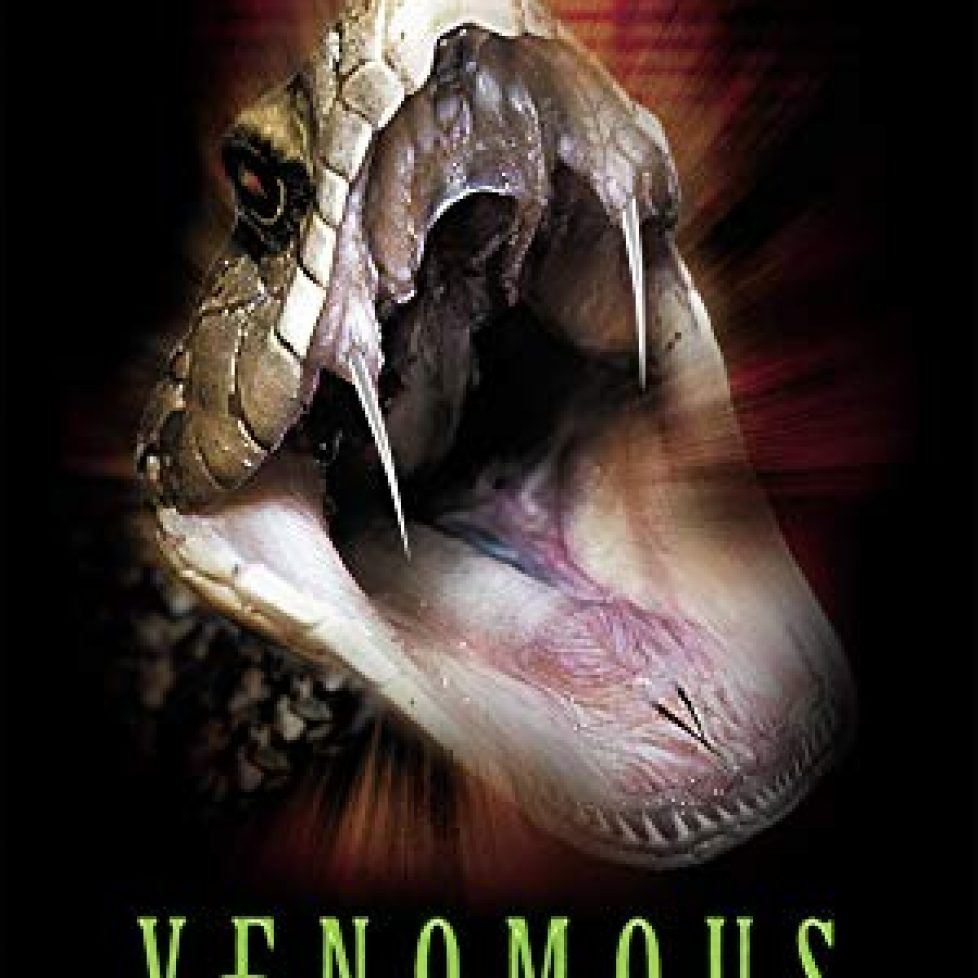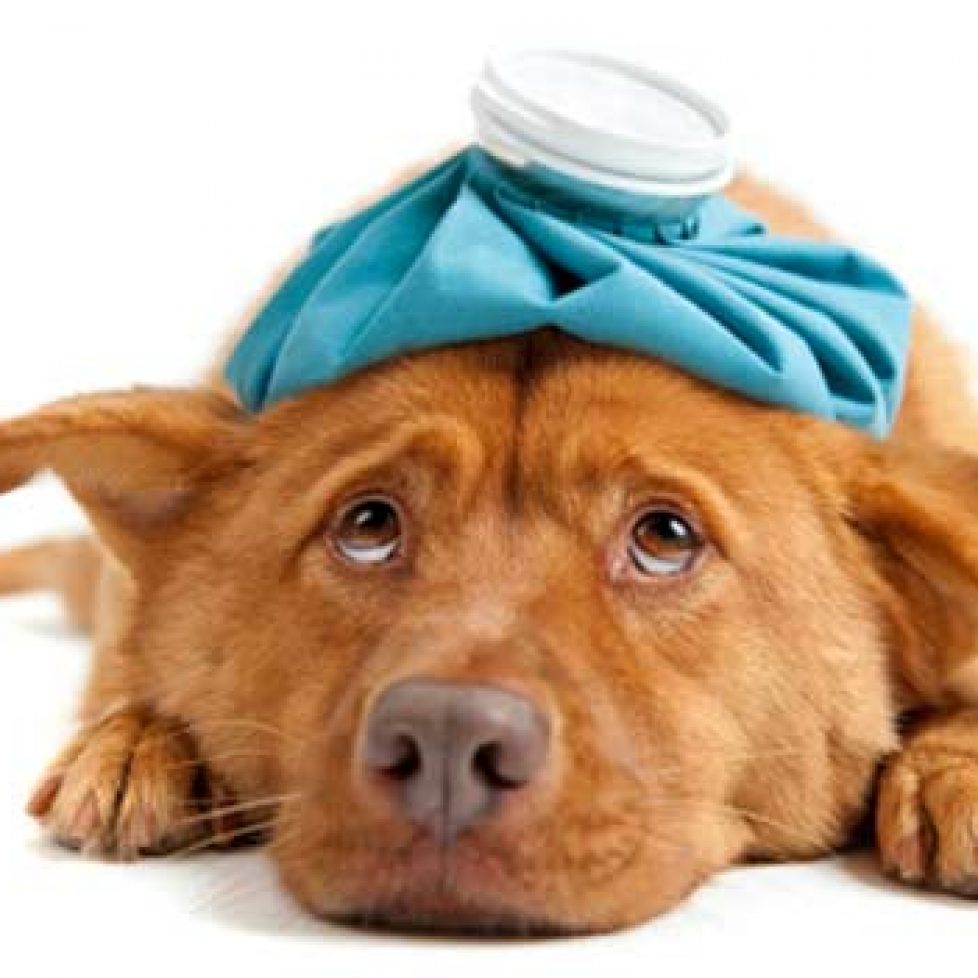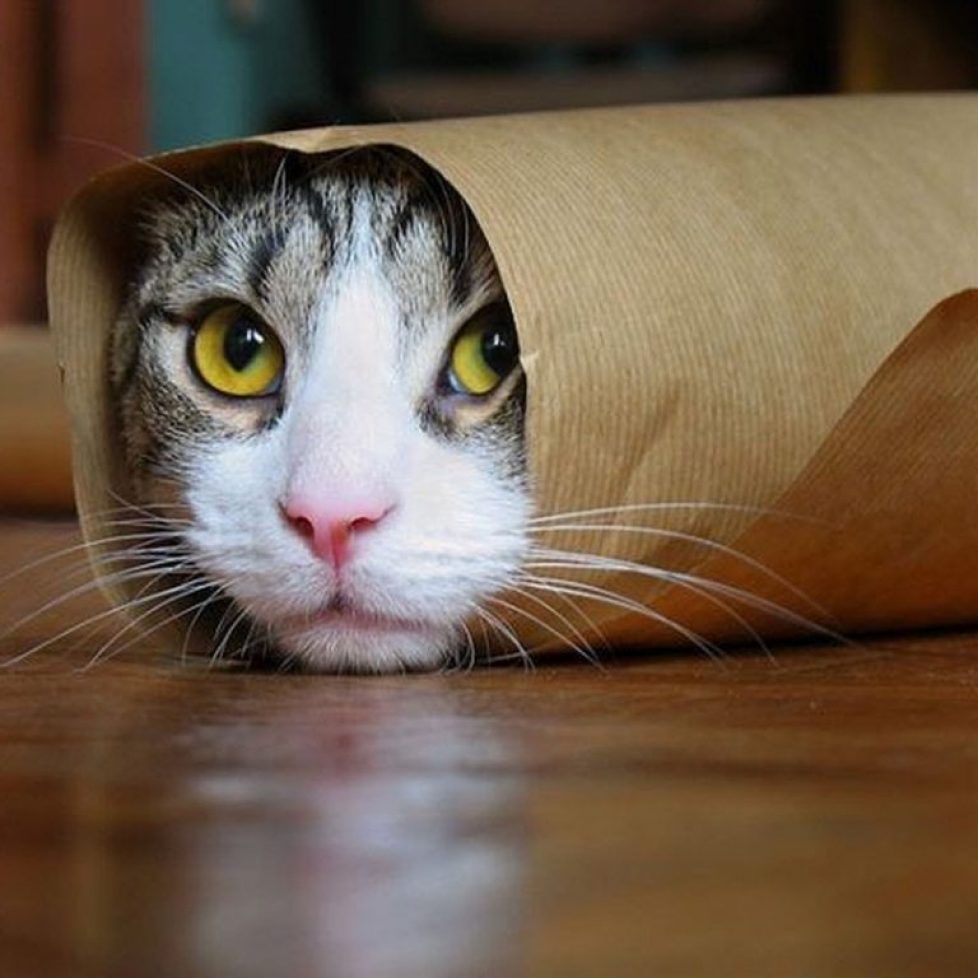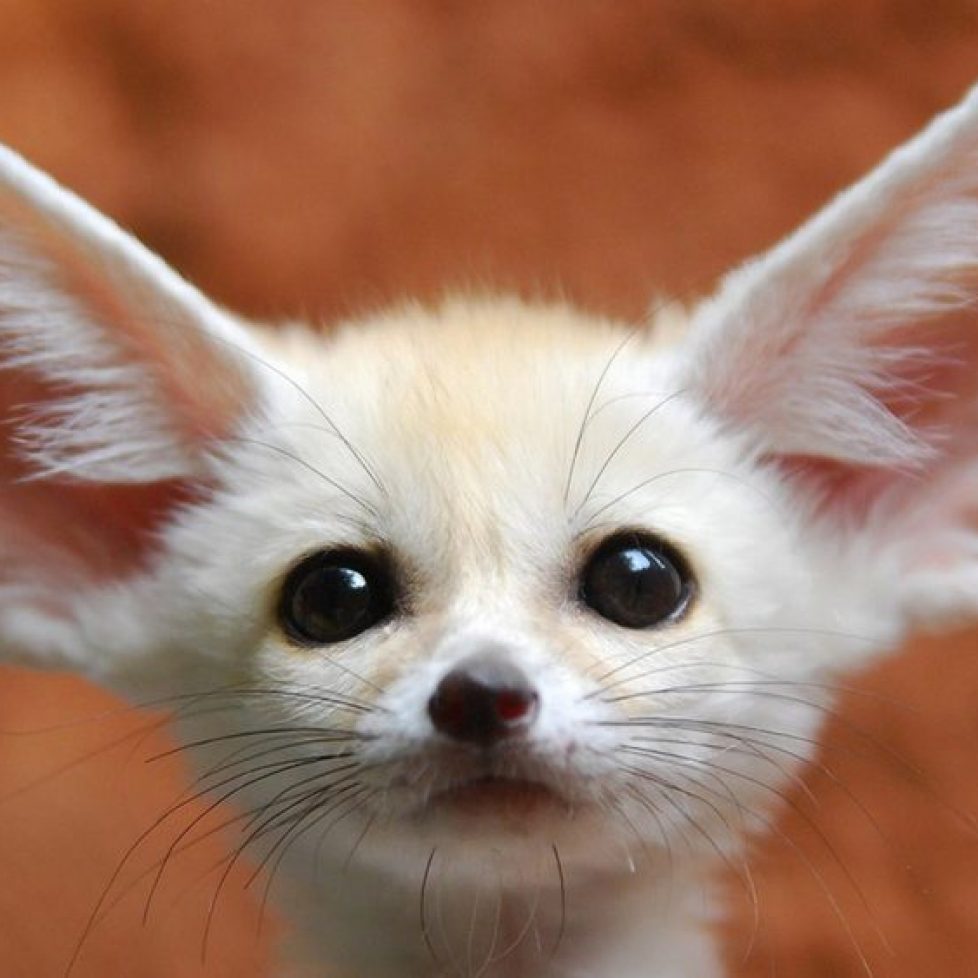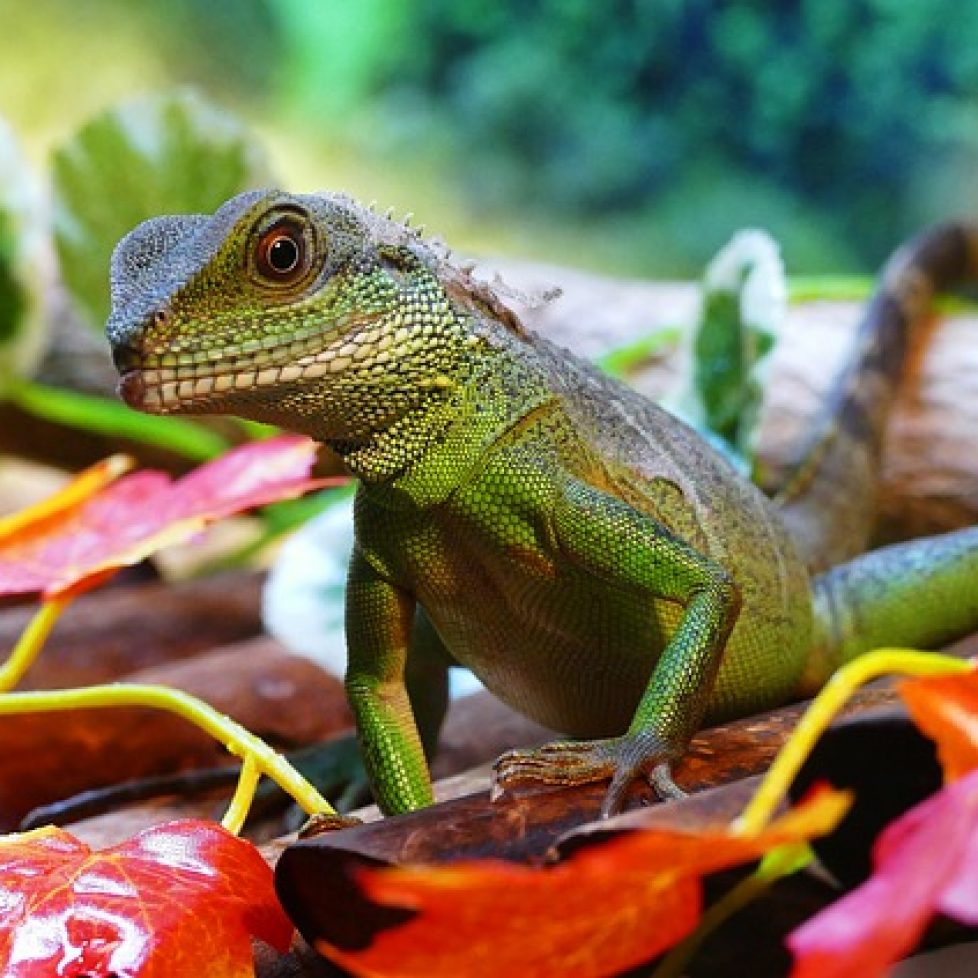Transporting Temperature-Sensitive Pets & Pet Food
Transporting temperature-sensitive pets and pet food requires careful planning to ensure their safety and well-being during transit. Using soft-sided coolers or other temperature-maintaining devices can be an effective way to regulate temperature and provide a safe, controlled environment for both pets and their food.
![]() For pets, particularly small animals, reptiles, or birds, soft-sided coolers can be used as a portable, insulated environment to protect them from extreme temperatures. It’s important to first ensure the cooler is well-ventilated. Many soft-sided coolers come with mesh windows or zippered openings that allow for air circulation, which is essential for the pet’s comfort. Inside the cooler, you can place the pet’s carrier or a comfortable bedding, and use cold packs or gel packs to maintain a cool temperature if traveling in hot conditions, or warm packs if traveling in cold environments. These packs should be placed securely, ensuring that they don’t come into direct contact with the pet but are positioned around the perimeter of the cooler to maintain a steady temperature.
For pets, particularly small animals, reptiles, or birds, soft-sided coolers can be used as a portable, insulated environment to protect them from extreme temperatures. It’s important to first ensure the cooler is well-ventilated. Many soft-sided coolers come with mesh windows or zippered openings that allow for air circulation, which is essential for the pet’s comfort. Inside the cooler, you can place the pet’s carrier or a comfortable bedding, and use cold packs or gel packs to maintain a cool temperature if traveling in hot conditions, or warm packs if traveling in cold environments. These packs should be placed securely, ensuring that they don’t come into direct contact with the pet but are positioned around the perimeter of the cooler to maintain a steady temperature.
Coolers & Transportation Of Pet Food
When transporting pet food, using a soft sided cooler is an excellent option for keeping perishable foods, like wet food or raw diets, at the appropriate temperature. Coolers with thick insulation and airtight seals can help keep food cold for hours, preventing spoilage and ensuring that the food stays safe for the pet to consume upon arrival. For extended trips, you may also consider using insulated food bags or cooler bags, which are smaller and more portable but still effective at maintaining temperature. Additionally, when transporting dry food, it’s important to store it in airtight containers within the cooler to protect it from moisture and contamination.
For both pets and food, it’s essential to monitor the temperature regularly during travel, especially if you’re driving for long periods or in varying weather conditions. A temperature-monitoring device, such as a small portable thermometer, can help ensure the environment remains safe.
Extreme Solutions For Extreme Conditions
![]() In more extreme conditions, or for longer durations, you might opt for more specialized devices such as portable pet refrigerators or temperature-controlled containers. These are more advanced options designed to maintain a stable temperature for extended periods, often using rechargeable batteries or solar power, which can be particularly useful for off-grid travel or during extreme heat or cold.
In more extreme conditions, or for longer durations, you might opt for more specialized devices such as portable pet refrigerators or temperature-controlled containers. These are more advanced options designed to maintain a stable temperature for extended periods, often using rechargeable batteries or solar power, which can be particularly useful for off-grid travel or during extreme heat or cold.
By selecting the right combination of soft-sided coolers, insulation, and temperature-maintaining accessories, you can ensure that both your pets and their food are safely transported, maintaining their health and comfort during the journey.
Transportation Safety Considerations
![]() Transporting exotic pets like reptiles requires careful planning to ensure their safety and comfort throughout the journey. Reptiles are ectothermic (cold-blooded), meaning they rely on external temperatures to regulate their body heat, so maintaining a stable environment is crucial. The first step is selecting an appropriate travel container—preferably one that is sturdy, secure, and well-ventilated. Soft-sided carriers with breathable mesh panels or hard plastic containers with air holes can provide adequate airflow while preventing escape. The container should also be lined with soft, absorbent bedding like paper towels or reptile-safe substrates to provide comfort and absorb waste.
Transporting exotic pets like reptiles requires careful planning to ensure their safety and comfort throughout the journey. Reptiles are ectothermic (cold-blooded), meaning they rely on external temperatures to regulate their body heat, so maintaining a stable environment is crucial. The first step is selecting an appropriate travel container—preferably one that is sturdy, secure, and well-ventilated. Soft-sided carriers with breathable mesh panels or hard plastic containers with air holes can provide adequate airflow while preventing escape. The container should also be lined with soft, absorbent bedding like paper towels or reptile-safe substrates to provide comfort and absorb waste.
Temperature control is paramount when transporting reptiles. Depending on the species, they may require either heat or cooling during transit. Heat packs are useful for cold weather, but they must be insulated to avoid direct contact with the reptile, which could cause burns. In warmer conditions, cooling packs or gel packs can help prevent overheating. It’s advisable to monitor the internal temperature with a thermometer to ensure the environment remains within the species’ preferred temperature range. Reptiles also need hydration, so it’s important to provide a water dish that is secured in the carrier or to mist the container lightly to maintain humidity, especially for species like amphibians or tropical reptiles.
Stress Reduction
![]() Stress reduction is another key consideration. Reptiles are sensitive to loud noises and sudden movements, so it’s best to keep the transport container in a stable, quiet area of the vehicle, ideally covered with a cloth to create a dark, calming environment. Additionally, it’s recommended not to feed reptiles for 24 hours before the trip to minimize the risk of regurgitation and digestive distress. For longer journeys, regular checks of the pet’s condition are essential, and having extra supplies on hand, such as bedding, food, and water, is always wise. Lastly, ensuring compliance with any local regulations regarding the transport of exotic animals, such as health certificates or permits, is crucial for a smooth and legal journey. By prioritizing temperature control, hydration, and minimizing stress, you can ensure the safe transport of your reptile, keeping them comfortable and secure during the trip.
Stress reduction is another key consideration. Reptiles are sensitive to loud noises and sudden movements, so it’s best to keep the transport container in a stable, quiet area of the vehicle, ideally covered with a cloth to create a dark, calming environment. Additionally, it’s recommended not to feed reptiles for 24 hours before the trip to minimize the risk of regurgitation and digestive distress. For longer journeys, regular checks of the pet’s condition are essential, and having extra supplies on hand, such as bedding, food, and water, is always wise. Lastly, ensuring compliance with any local regulations regarding the transport of exotic animals, such as health certificates or permits, is crucial for a smooth and legal journey. By prioritizing temperature control, hydration, and minimizing stress, you can ensure the safe transport of your reptile, keeping them comfortable and secure during the trip.
